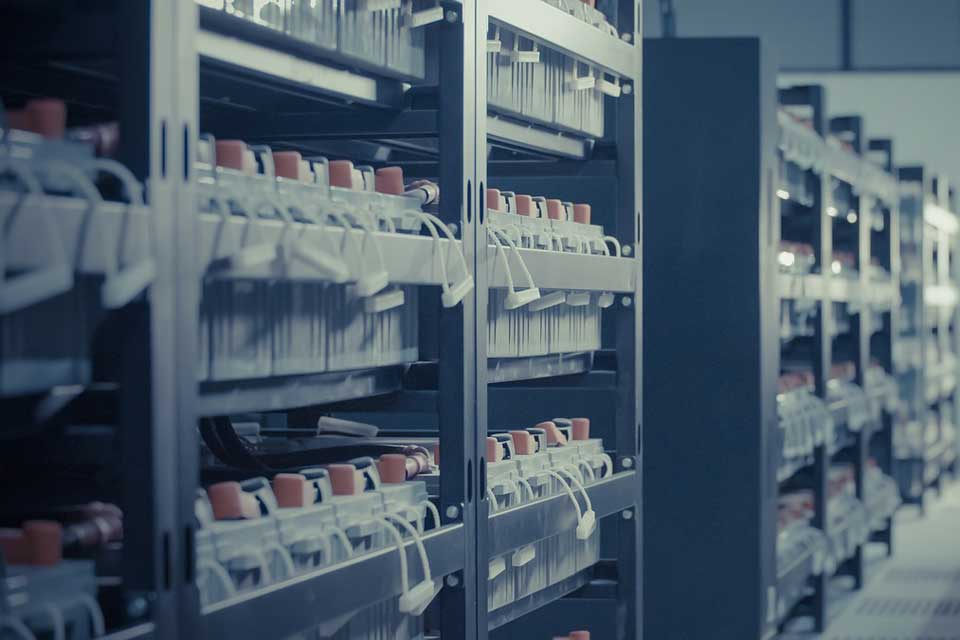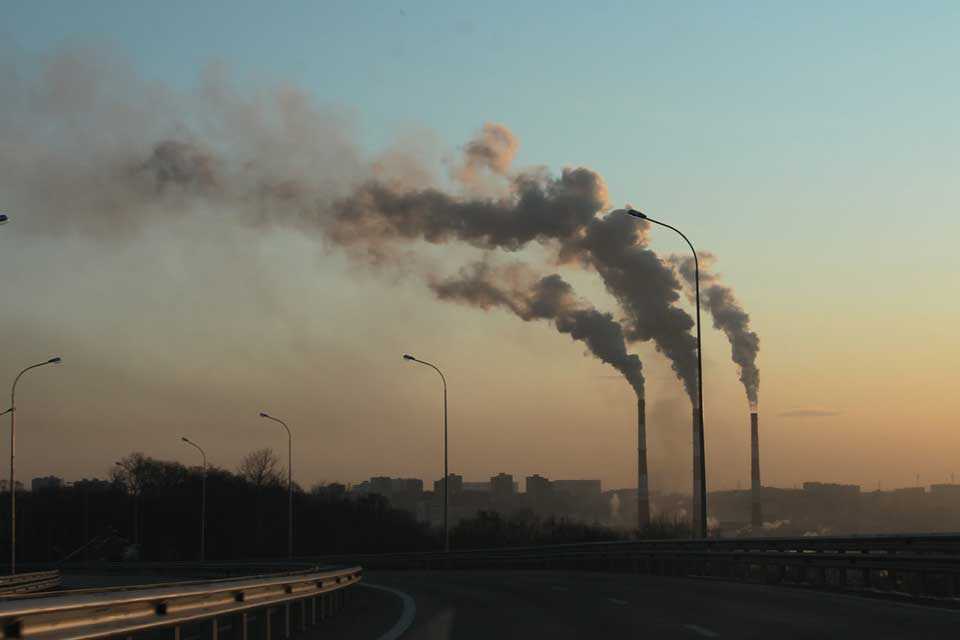Whisky distilleries take their turn in the emissions legislation queue
https://energymanagementsummit.co.uk/wp-content/uploads/2021/04/whisky.jpg 960 640 Stuart O'Brien Stuart O'Brien https://secure.gravatar.com/avatar/81af0597d5c9bfe2231f1397b411745a?s=96&d=mm&r=gAs the battle to improve air quality goes on, the UK has been rolling out the EU’s Medium Combustion Plant Directive to curb harmful emissions. So, what are the implications of this legislation for medium sized businesses in the UK?
Over one hundred million cases of Scottish whisky are distributed across the world every year. The growth in the industry and the volume of production has seen distilleries in the UK become increasingly reliant on the use of energy to ensure their businesses can keep up with demand.
The method of production has barely changed for centuries. But, as the industry begins to switch to more sustainable practices, a shift in the energy sources used to power the distilleries is taking place.
Governmental legislation around environmental protection is also driving change, with the implementation of enforceable targets. The most relevant one to the production of whisky is the Medium Combustion Plants Directive (MCPD).
The legislation explained
The purpose of the MCPD is to limit harmful emissions being pumped into the atmosphere from boilers and other stationary combustion plants in the 1-50 MWth (thermal megawatt) range.
MCPD will regulate the concentration levels of sulphur dioxide (SO2), oxides of nitrogen (NOx), and particulate matter (PM) within process exhaust gases, as well as implementing ways to monitor emissions of carbon monoxide (CO). The limits on the levels these plants can emit depend on their type, size, age, fuel selection and operating hours.
It’s estimated that, when fully implemented, these limits will provide a 24% reduction in SO2 and 9% reduction in NOx emission targets.
Made law in 2017, the MCPD regulation covers all fuel types and sets out specific Emission Limit Values (ELVs) most plants must meet by 2025. It also means that all new-build production facilities need a permit before commencing operations.
Existing plants may not require permits and testing right now, but companies are starting to realise the benefits of converting their combustion energy sources.
The implications for distilleries
Whisky distilleries need a consistent and uninterrupted energy supply. A review conducted by the research team at Energy Voice, estimated that Scotland’s 122 distilleries consume almost the same amount of energy each year as 250,000 British households.
Most Scottish whisky producers are in remote regions off the national energy grid. For this reason, alternative fuel options must come with reliability of supply, in addition to cost and environmental benefits. Distillers are switching from oil to gas, in the form of liquefied petroleum gas (LPG) or liquefied natural gas (LNG).
Tamnavulin makes the switch
Tamnavulin distillery, owned by Whyte & Mackay, made the decision to switch to a more cost-effective, cleaner fuel solution that is liquefied petroleum gas (LPG).
The distillery has been operational since 1966 and produces over 4 million litres of single malt whisky per year. They were keen to take advantage of fuel cost savings, but also needed to ensure guarantee of supply.
The company’s fuel requirements were assessed, and it was determined that LPG, supplied in bulk, would meet their need to comply with legislation, and deliver significant cost savings.
LPG is a lower-carbon alternative to oil with approximately 20% lower carbon intensity. Cleaner burning, it generates less CO2, SO2, NOx and PM than oil. In addition to reducing their emission levels, a gas storage system was designed to house the bulk LPG, installing a 30T mounded gas storage tank, along with the necessary pipework.
Tamnavulin has since benefited from a 19.7% reduction in carbon emissions, and when compared to a similar distillery operating on HFO, Tamnavulin’s SO2 levels were 767 times lower, NOx 3 times lower and PM 269 times lower.




